The last few days will be spent in the north of Holland.
The end of the year is just around the corner, and like many of you, I’ve spent the last few days of the year away from the office trying to recharge my batteries.
In this case, it was difficult to determine the direction we would take, but the plan was not to venture far from home. All I want is to capture beautiful images of nature and landscapes. The weather forecast varied, but we decided to go ahead with our plan and head for Texel in the north of the Netherlands.
On Christmas Day, I was unwell, so it was uncertain whether it would be safe to travel. However, at midday on the 26th, I decided to take the risk. We would always arrive at around 5 pm on the island, depending on the boat we needed to take to get there. I did not check the weather forecast, but during the nearly four hours we spent in the car, it became clear that the wind had a significant impact on our holiday. When we decided to leave, the wind was already reaching 70km/h and was expected to increase throughout the night.
Upon arrival at Texel, we visited the local fish market and discovered a nearby fish kitchen. After nightfall, my sole objective was to reach the hotel where I had reserved a room for the night. Following a restful night’s sleep, my fever subsided. However, the wind speed increased to 90 km/h, making it challenging to take a stroll on the beach. Our subsequent destination is the northern region of the island. My objective was to capture images of wild seals, but due to the storm, it was impossible.
Visit the lighthouse located in the north.
There are 118 steps to climb to the gallery and enjoy the view. The Texel lighthouse is open to the public and offers a magnificent view of the North Sea, the Wadden Sea, the northern part of the island, and nearby Vlieland from its gallery, which is located 45 meters above sea level.
The History of the Lighthouse
The lighthouse was acquired by Texel in 1864 after many years of campaigning by Texel civil-law notary Kikkert. Before the construction of the lighthouse, the waters surrounding the island were treacherous, resulting in numerous shipwrecks. During the Second World War, the lighthouse was a significant location in the Georgian Rebellion, also known as the Russian War. Bullet holes from the conflict are still visible on the tower walls.
It was not possible to do anything in these stormy conditions in Texel.
These images were captured while the wind was blowing at a speed of 90km/h. It was not an ideal moment at the beach with my camera gear due to the sand flying everywhere. It was going to be a drive to Yerseke for our next rest stop. We drove back to the south of Texel island to catch the ferry and return to the mainland. However, the ferry had just left as we reached the harbour. We had to wait in the car for about an hour for the boat to leave, but I managed to take a few pictures of it.
As we drove back south into the flat countryside of the Netherlands, the wind began to ease. It was still windy, but not at 85km/h or more.
After a three-hour drive, we arrived at our next stop, Yerseke. We would spend the night in a former church. Sint Anna is a former Roman Catholic church located in Yerseke. Since 2004, it has been repurposed as a versatile venue for various activities. Since 2014, it has served as a B&B PetitHotel, wedding venue, and a location for meetings and other events. The link https://www.sintanna.com/ I can provide a positive recommendation about it.
But why Yerseke? Zeeland’s leading mussel and oyster village
Yerseke plays a central role in the capture and processing of mussels. The mussels are primarily harvested from the Wadden Sea and partially from Zeeland waters, such as the Oosterschelde. Subsequently, all mussels are auctioned in Yerseke. The quality of the mussels is checked by the employees of the Mussel Auction. Each mussel fisherman offers their mussels at the auction.
In addition to mussel fishing, the facility also cultivates oysters, primarily in the Oosterschelde and Grevelingen lakes. The oysters are watered down in concrete oyster pits and then packaged manually.
We have been visiting Yerseke for many years and the quality of the fish never fails to impress us. Today, I wanted to explore the possibility of using the beautiful church to offer lessons to people through my practice and help them connect with nature, given its proximity to the Oosterschelde. As we arrived at around 4 pm, darkness also fell upon the Dutch countryside. I was looking forward to figuring everything out during the night and in the morning. But first, let’s have some fish to eat.
The church provided excellent accommodation, with well-built rooms that allowed for a great night’s sleep. At 6 in the morning, I woke up and took my photographic equipment to the fishing boats.
My wife and I began our hike and observed the fishermen preparing to head out to the Oosterschelde as the sun slowly rose in the morning. The strong wind on the water added to the scene.
During our hike, we observed a statue of a fisher.
In 1981, Princess Juliana unveiled the statue ‘The Musselman’ during the opening of the Queen Juliana Harbour in Yerseke. The statue, made of stone and bronze and created by Lou Boonman, stands on Ankerweg.
The front of the plinth indicates that the statue was unveiled by HRH Princess Juliana on 18 June 1981. On the back, it states that the fishermen’s association ‘Yerseke’ contributed to its placement. The statue is a precise representation of a Yerseke mussel worker, with the same dimensions as a real musselman (1m75).
It overlooks the harbour with the Eastern Scheldt behind it and sees many Yerseke cutters passing by daily. Yerseke is home to the only mussel auction in the world. The statue is associated with ‘Loutje’, a Yesenaer who drowned while digging worms. Some people say it bears a strong resemblance to the ‘Musselman’.
Additional images of boats leaving the harbour near the statue were captured.
After enjoying the scenery, we hiked back to our sleeping place for breakfast. We hiked for approximately 6.5 kilometres and witnessed the small city coming to life as the sun slowly rose. While enjoying a nice coffee and fresh orange juice, the owner spoke about the oysters and their traditional harvesting methods. The method has been used many times and is still employed today as a pleasant activity. The important remark was that this was only possible with low water levels. I found it inspiring.
The owner of the bed and breakfast showed me the location on a map, so I was eager to see it. Eventually, I found it. Someone was searching for oysters the old-fashioned way. The photograph was taken with enjoyment.
I observed a man labouring and placing his oysters into a large basket. He worked hard to provide his family with fresh harvested oysters during the holidays.
He accomplished the task manually, in a traditional manner, and experienced satisfaction.
I was not prepared to enter these muddy conditions, so I stayed on the sidelines. It was a completely different way of connecting with nature, but it was very nice to witness.
Age does not necessarily imply inferiority. While the new method may be faster, it is possible that we are losing something in the process. The loss can be found in the inability to enjoy and connect with the simple pleasures of life.
I saw the man slowing down his life, just taking his time to find his oysters. Nothing to rush to get to. Just the water, the stones and the silence.
It could have been the beginning of a sentence.
Take hold of your life, take hold of an oyster.
I enjoyed it 😉
![]()






















